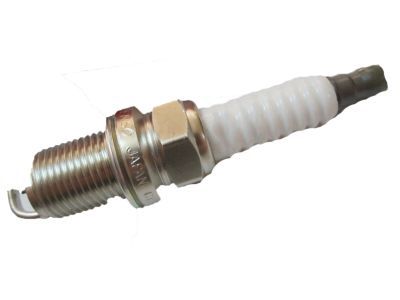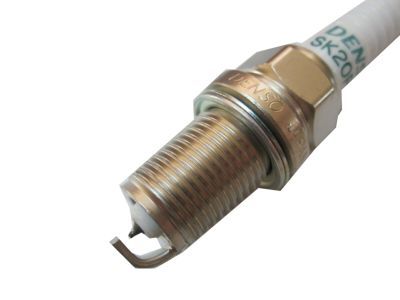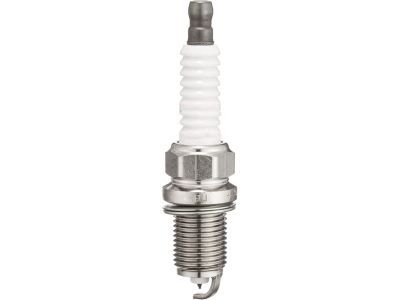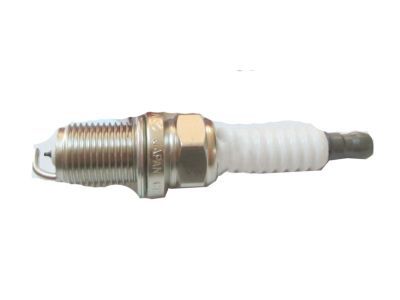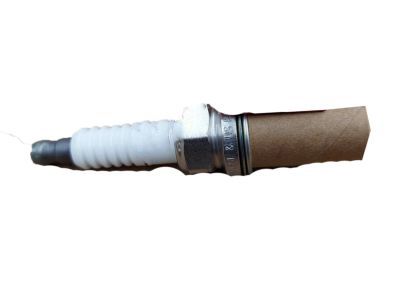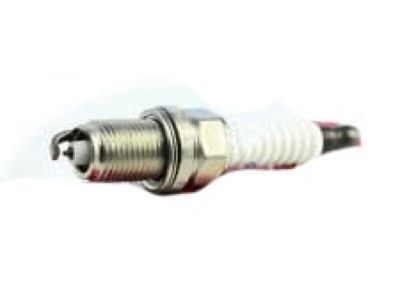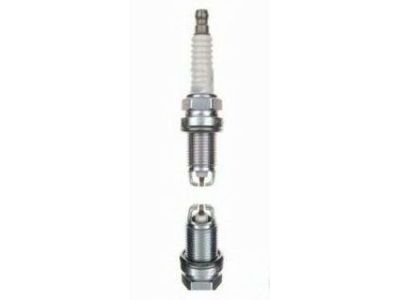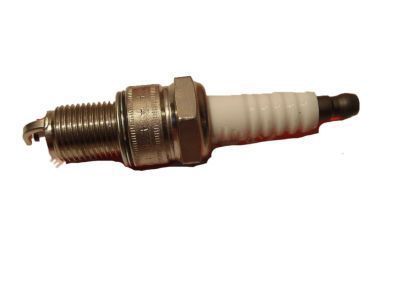×
- Hello
- Login or Register
- Quick Links
- Live Chat
- Track Order
- Parts Availability
- RMA
- Help Center
- Contact Us
- Shop for
- Lexus Parts
- Lexus Accessories


My Garage
My Account
Cart
Genuine Lexus ES300 Spark Plug
Ignition Spark Plug- Select Vehicle by Model
- Select Vehicle by VIN
Select Vehicle by Model
orMake
Model
Year
Select Vehicle by VIN
For the most accurate results, select vehicle by your VIN (Vehicle Identification Number).
5 Spark Plugs found
Lexus ES300 Spark Plug
Part Number: 90919-01210$11.82 MSRP: $15.12You Save: $3.30 (22%)Ships in 1-2 Business DaysLexus ES300 Spark Plug
Part Number: 90919-01178$11.82 MSRP: $15.12You Save: $3.30 (22%)Ships in 1-2 Business DaysLexus ES300 Spark Plug
Part Number: 90919-01194$11.82 MSRP: $15.12You Save: $3.30 (22%)Ships in 1 Business DayLexus ES300 Spark Plug
Part Number: 90919-01195$11.82 MSRP: $15.12You Save: $3.30 (22%)Ships in 1 Business DayLexus ES300 Spark Plug
Part Number: 90919-01127$6.64 MSRP: $8.52You Save: $1.88 (23%)Ships in 1-3 Business Days
Lexus ES300 Spark Plug
Should you need to purchase new auto parts for your vehicle, we strongly suggest you consider the genuine Lexus ES300 Spark Plug available on LexusPartsNow.com. Our OEM Lexus ES300 Spark Plug come with the reassurance of the manufacturer's warranty, a hassle-free return policy, and speedy delivery service, all at affordable prices online. Feel free to shop with confidence!
Lexus ES300 Spark Plug Parts Questions & Experts Answers
- Q: How to replace spark plug on Lexus ES300?A:Spark plug replacement requires a spark plug socket that fits onto a ratchet, lined with a rubber grommet to protect the porcelain insulator of the spark plug and to hold the plug while you insert it into the spark plug hole. A wire-type feeler gauge is needed to check and adjust the spark plug gap and a torque wrench to tighten the new plugs to the specified torque. On engines equipped with a V-bank cover, remove the three 5mm cap nuts and detach the cover for access. If replacing the plugs, purchase the new plugs, adjust them to the proper gap and then replace each plug one at a time. The manufacturer specifies that only platinum or iridium-tipped spark plugs be used on these models. Inspect each of the new plugs for defects and check the electrode gaps. On V6 engines, remove the retaining bolt, disconnect the electrical connector and detach the individual coils to reach the front spark plugs. Work on one spark plug at a time, remove the wire and boot from one spark plug. If compressed air is available, blow any dirt or foreign material away from the spark plug area before proceeding. Remove the spark plug and apply a small amount of anti-seize compound to the spark plug threads. Attach the plug wire to the new spark plug, using a twisting motion on the boot until it is firmly seated on the end of the spark plug. Follow the above procedure for the remaining spark plugs, replacing them one at a time to prevent mixing up the spark plug wires.
